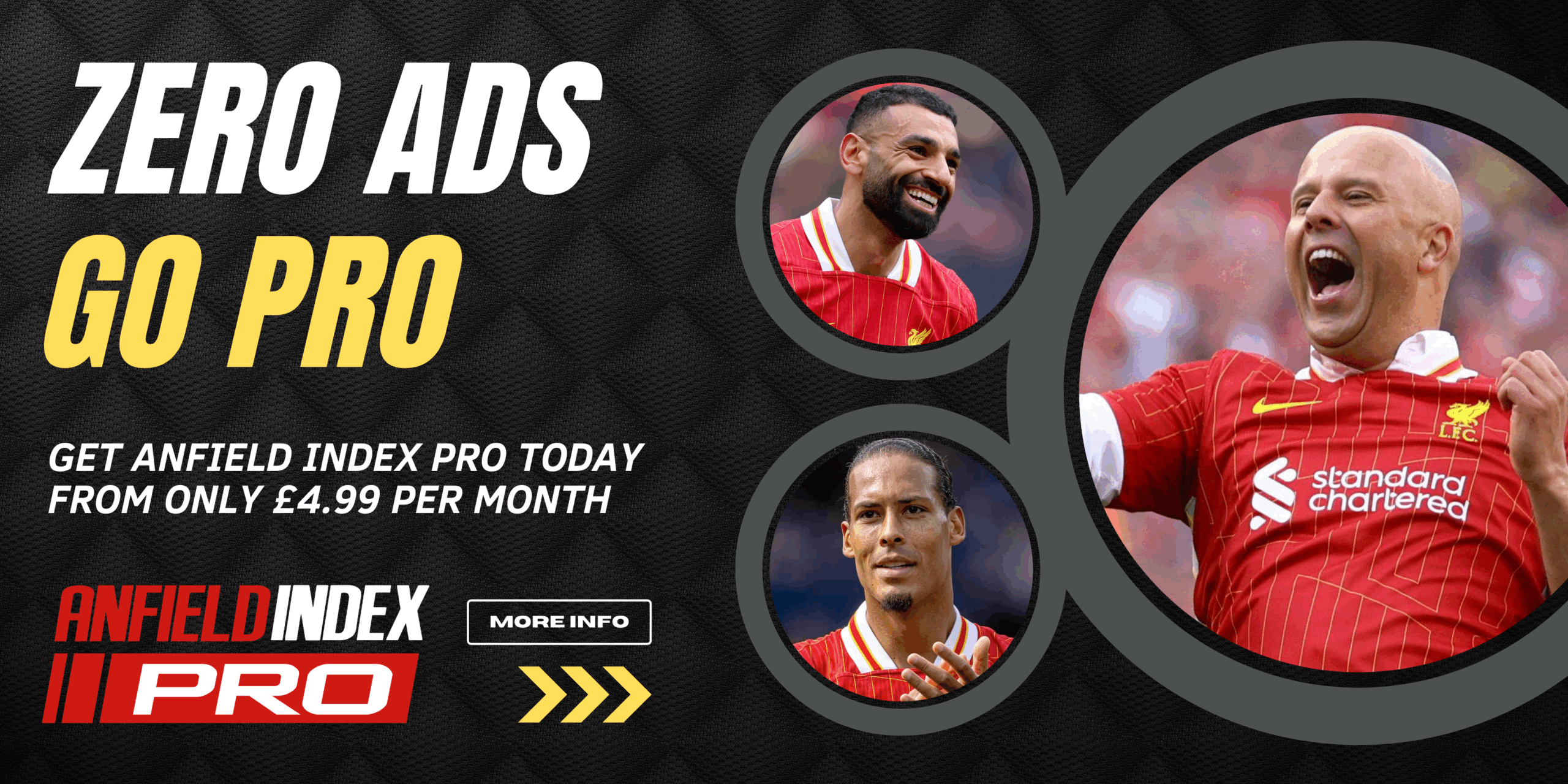Frustrating Stalemate
There’s a strange thing which occurs too often in football for it to be entirely random: a massive victory will be followed by a very underwhelming result.
In Liverpool’s final title winning season in the pre-Premier League era, they beat Crystal Palace 9-0 at Anfield. Eight different players scored, John Aldridge marked his final game for the club by throwing his kit into the Kop and everyone (aside from those of a south east London persuasion) had a thoroughly lovely evening.
Four days later, the Reds drew 0-0 at home against a Norwich City side which would finish the season in 10th position.
This issue isn’t exclusive to top tier Liverpool sides either. Roy Evan’s Reds went five league matches without a win after beating Manchester City 6-0 in 1995. Four years later, Liverpool followed a 7-1 pummelling of Southampton with a 2-1 defeat at Coventry under Gerard Houllier.

Rafa Benitez’ boys drew successive league matches 0-0 after putting six past Derby County in 2007 and Brendan Rodgers oversaw something similar in his first campaign, a bore draw with Everton following a 6-0 triumph at St James’ Park. This sort of thing can just happen.
Ask Jürgen Klopp. Liverpool beat Manchester United 7-0 in March, only to lose 1-0 at Bournemouth six days later. There will people looking at the Reds’ recent goalless draw with the Red Devils and wondering if the same phenomenon can stretch across two matches against the same team nine months apart.
Because let’s be honest, everyone expected Liverpool to win and win comfortably last weekend. Bookmakers’ odds implied Liverpool had a 71 per cent chance of collecting three points, Chris Sutton forecasted a 4-0 score line in his weekly BBC predictions. Perhaps an early goal might well have led to a romp but once United survived an early onslaught, another handsome Reds win over their fierce rivals never looked on the cards.
If anything, the match highlighted and summarised a variety of concerns which many hold about Liverpool 2.0.
Reds’ Limitations
For starters, the class of 2023/24 love a dig at goal from distance. The 4-3 win over Fulham shows the potential upside to this strategy but that was a unicorn event of a game. The average Liverpool league shot has been hit 17.9 yards from goal this season, further than in any of the previous six seasons for which FBRef holds data. Only Sheffield United (18.8) and Fulham (18.2) have been further out this term and they don’t represent the sort of elite attacking company the Reds should be keeping.
While Liverpool had 19 shots from inside the United box last Sunday, that left 15 that were low on expected goals and frequently brainless choices. The Reds have played 313 league games under Klopp and based on Understat’s model the goalless draw was the 28th worst for chance quality (xG per shot). Once you realise 14 of the games that were worse occurred in Klopp’s first season and a half, it really highlights how poor last weekend’s efforts were.
The United game also illustrated concerns regarding the Reds’ front line. Mohamed Salah might have had six shots, but they were collectively worth just 0.35 expected goals; only against Burnley in his fifth league appearance for the club did he have as many efforts for lower value.

Low Value Chances
At least he put four of them on target when faced with a notoriously erratic goalkeeper. Cody Gakpo (with four shots), Luis Díaz (three) and Darwin Núñez (two) failed to test André Onana once from their nine goal attempts. The other shots on target came from Harvey Elliott, from outside the box, and the two centre-backs, in set piece situations.
Then there was a creativity issue, which may sound odd after having 34 shots. Only one of them was classified as a big chance by Opta, meaning a shot where you’d expect the attacker to score. It was a Gakpo header in injury time, the final attempt of the match.
Ah, but Trent Alexander-Arnold and Salah created five chances apiece, that must be good, right? Hmm. Only one of Trent’s occurred in open play, and that a pass out towards the touchline, rather than to a dangerous location. While the Reds’ results have generally been good since he adopted the hybrid role, it remains a concern that Liverpool have blunted their most creative player in open play.

As for Salah, the quintet of chances he fashioned added up to 0.26 expected assists (which, as with shots, was his second worst Premier League match when creating five-or-more opportunities).
Despite setting each other up for shots against the Red Devils, worries remain about the compatibility of the starting front three too. In the nine matches Salah, Núñez and Díaz have started together, the Uruguayan has had as many red cards as goals and the Colombian hasn’t found the net in the last eight. Even Salah’s five goals in these games come with something of an asterisk as three were from the penalty spot.
This is obviously a very glass half empty outlook. Written on Wednesday afternoon, this could look like untimely griping by Saturday evening if Liverpool beat West Ham and Arsenal.
But the concerns raised are unlikely to go away entirely even if those results come to pass. Merry Christmas, yeah?




